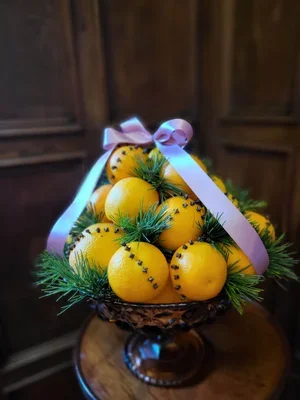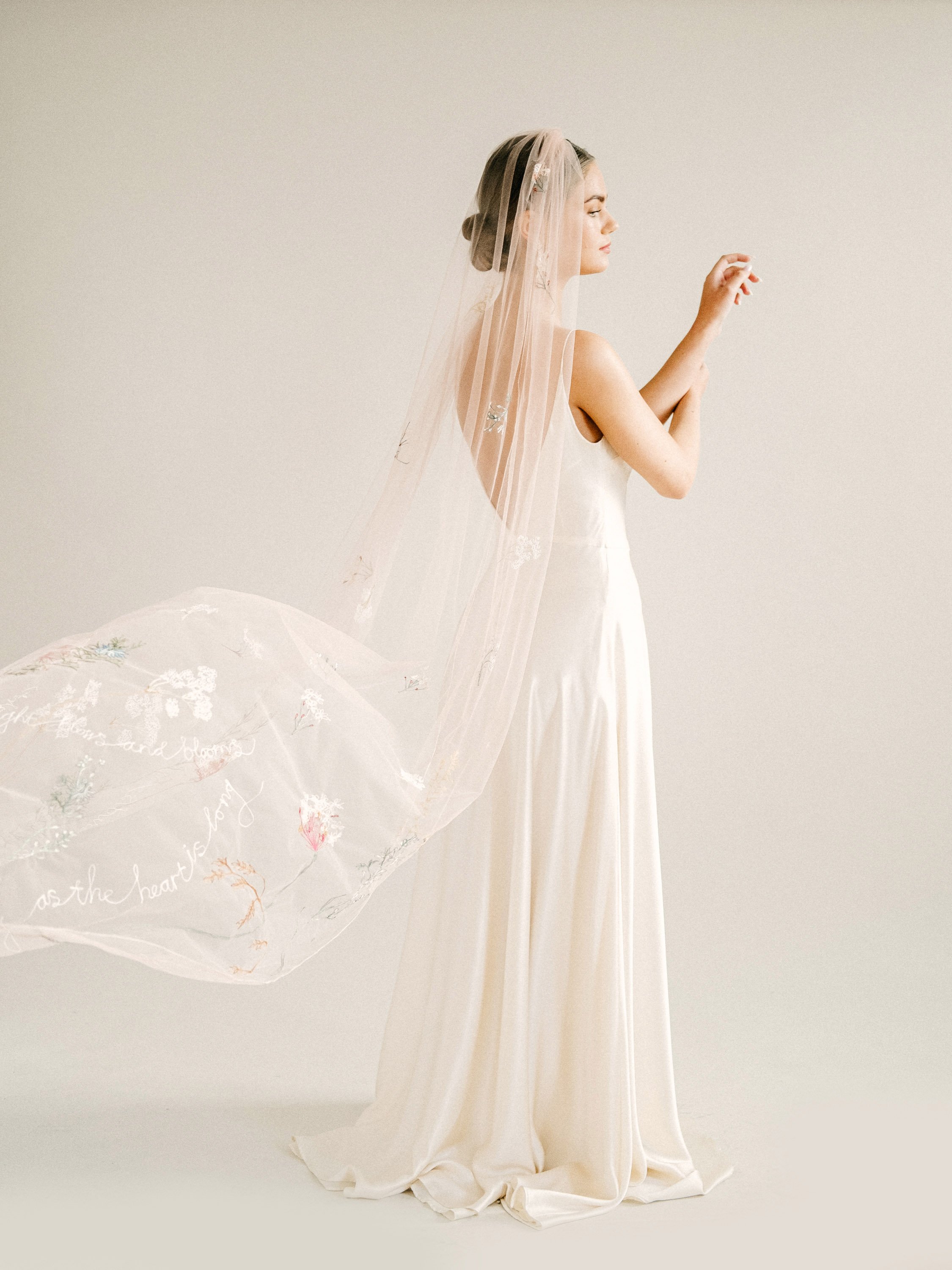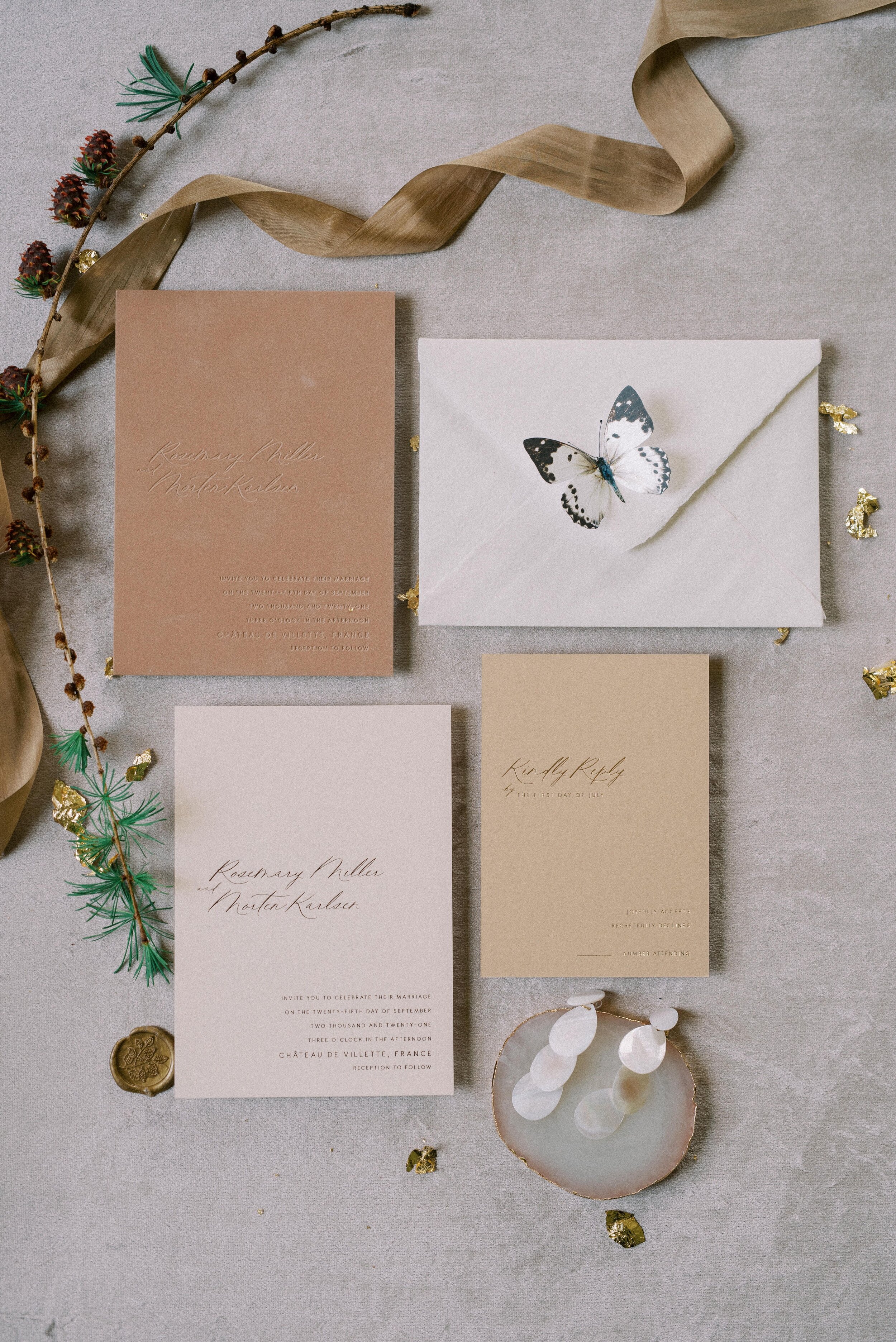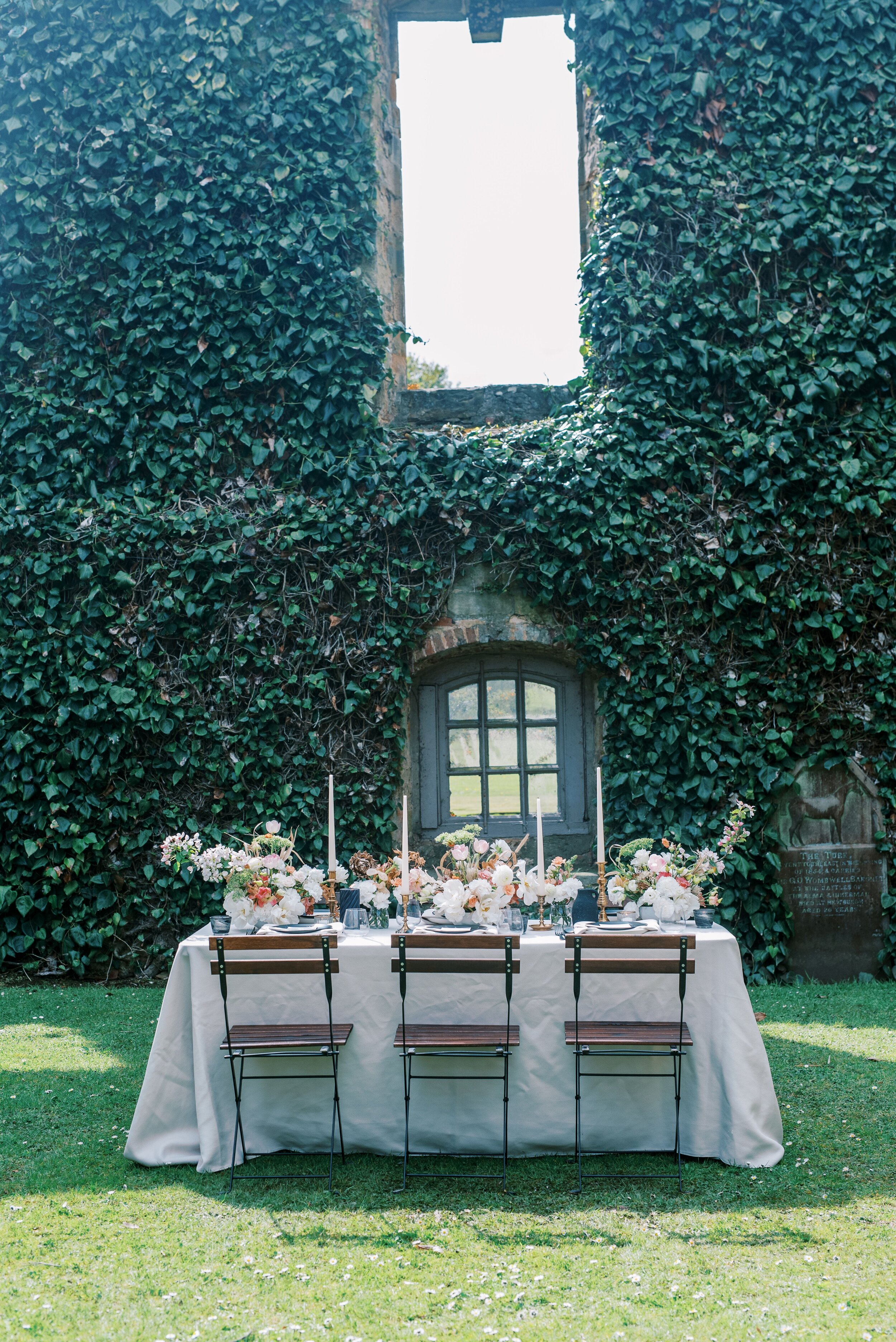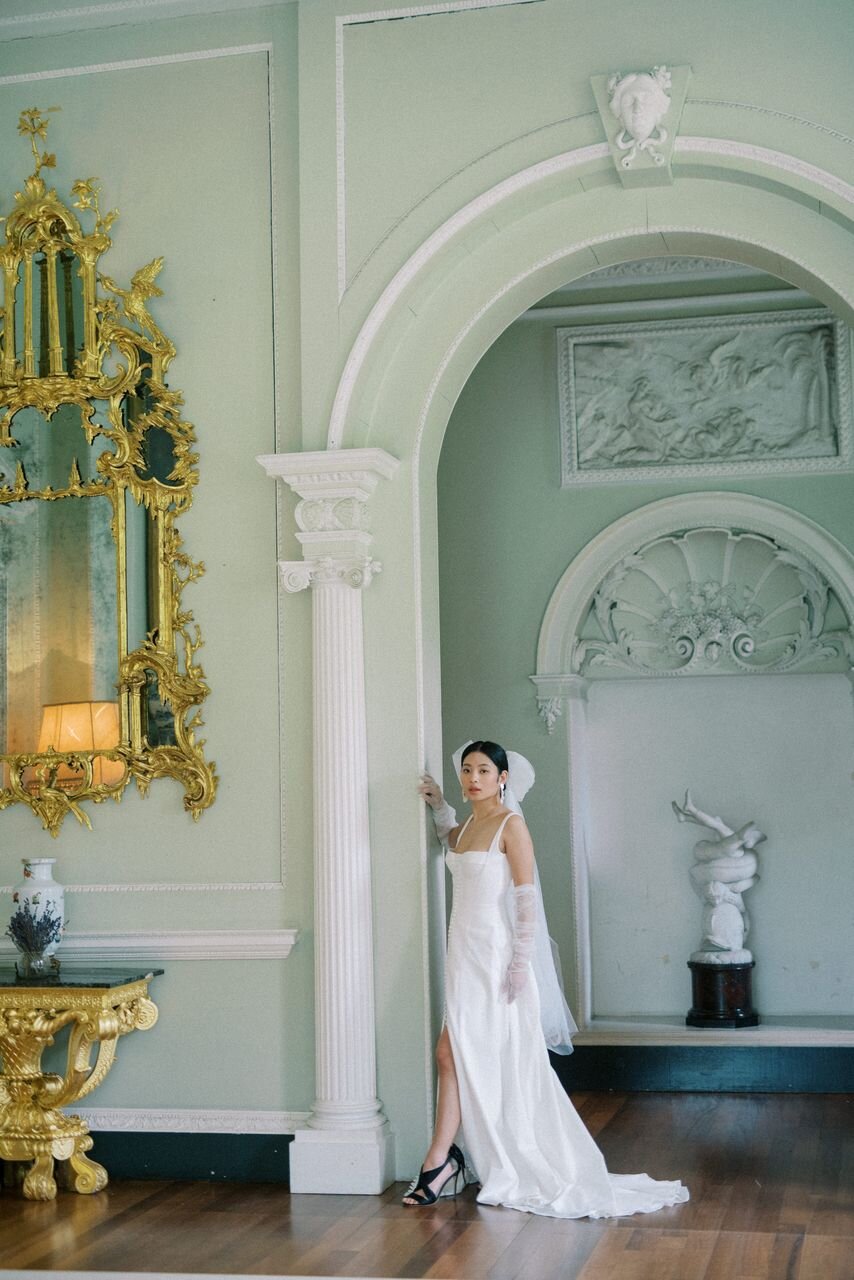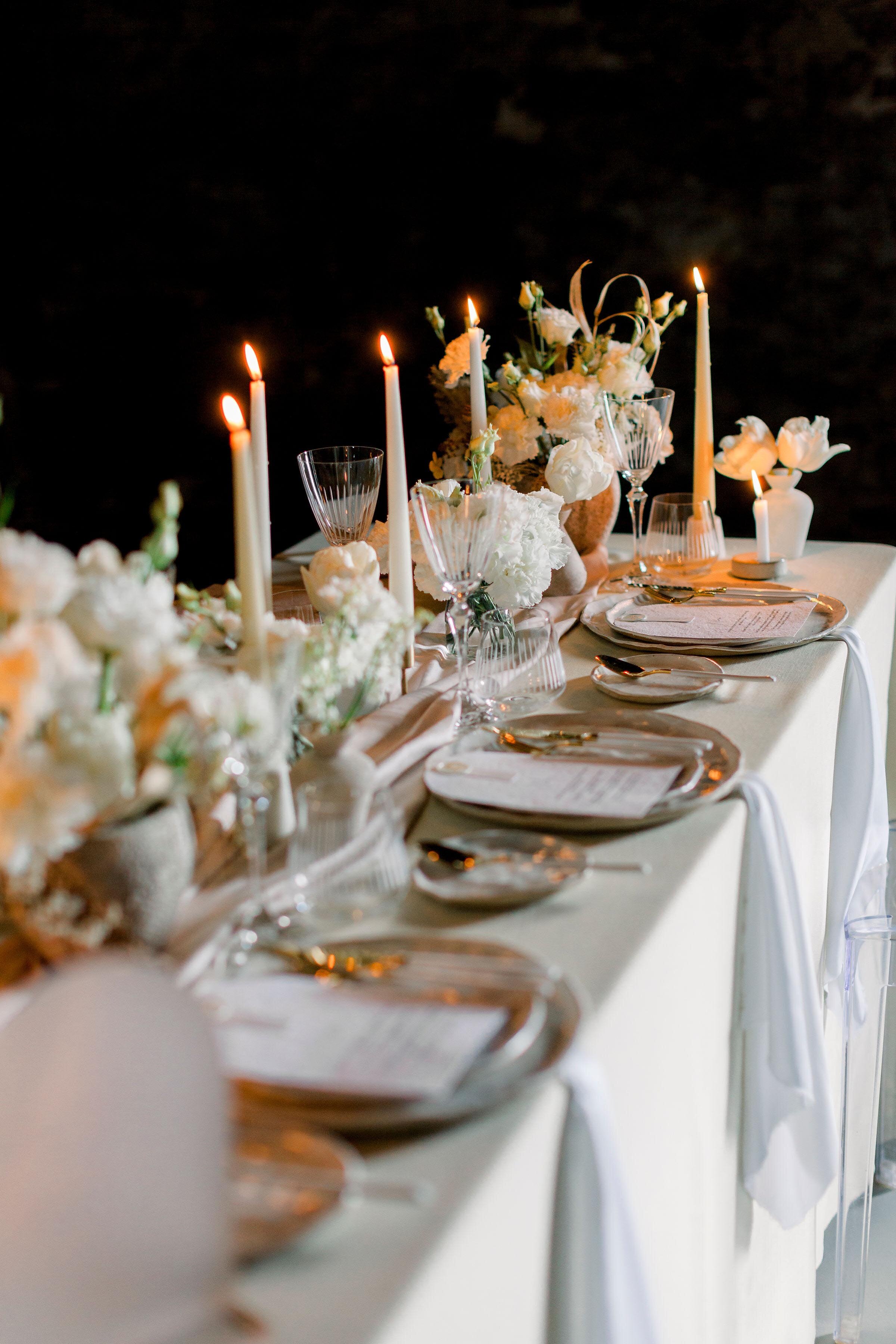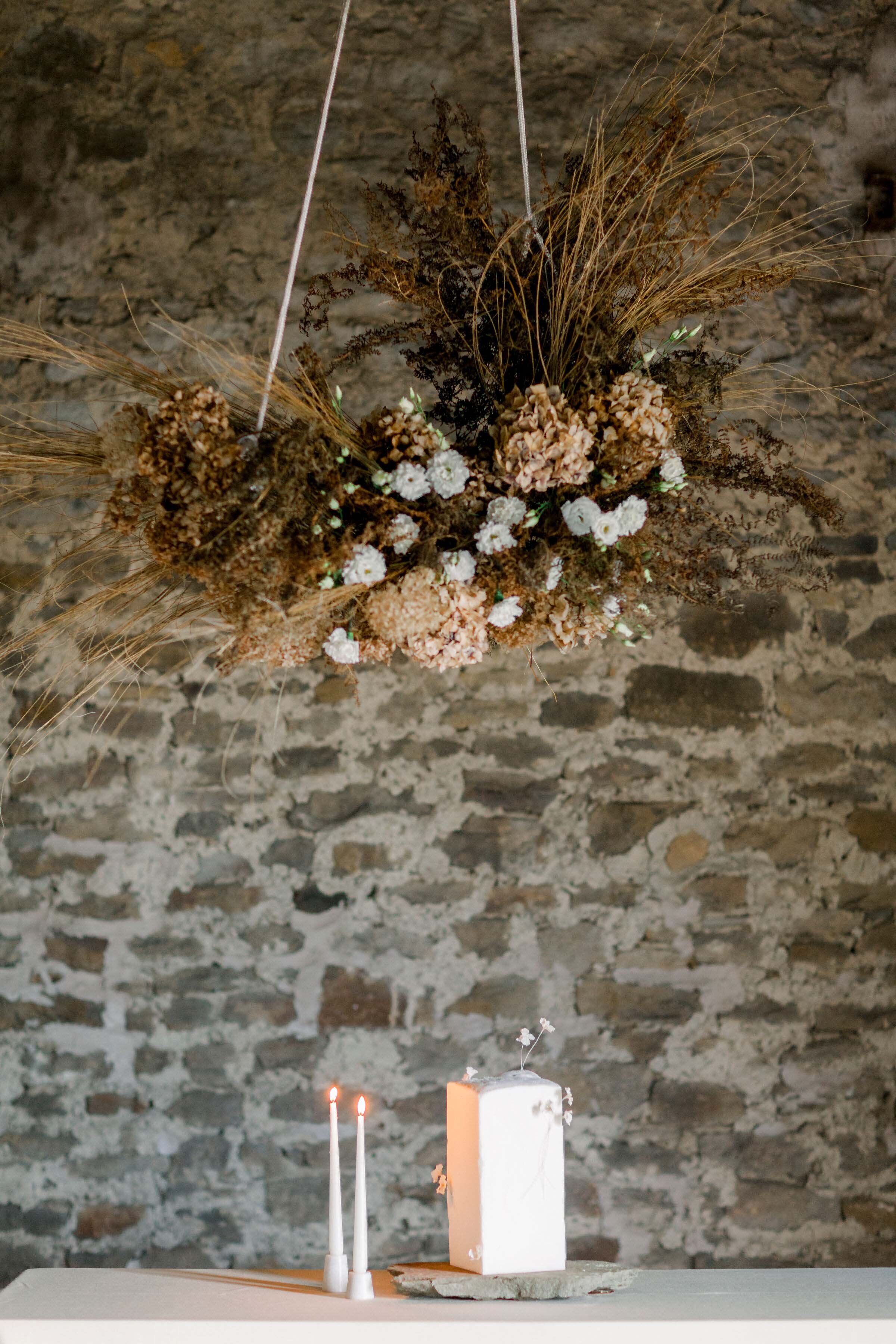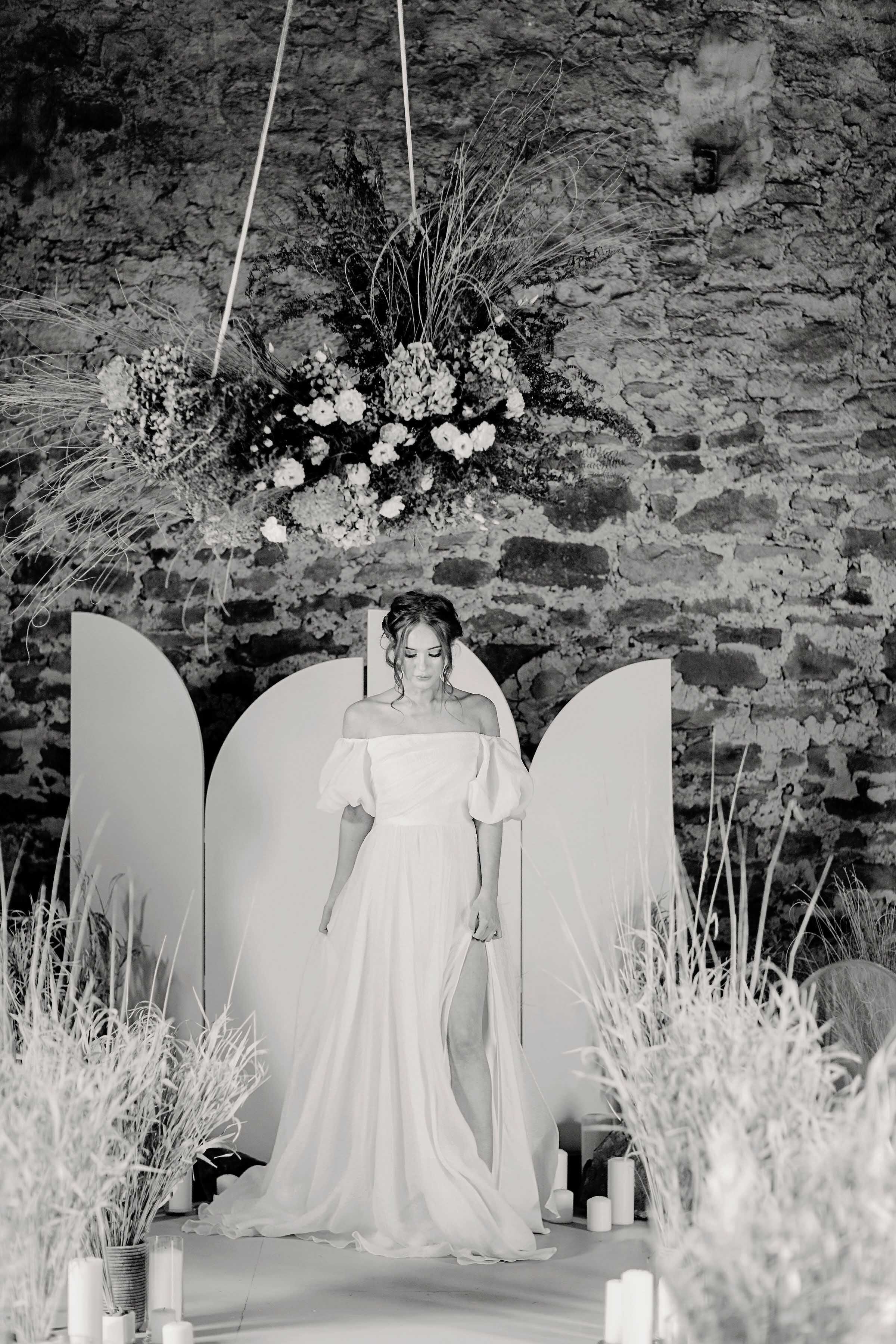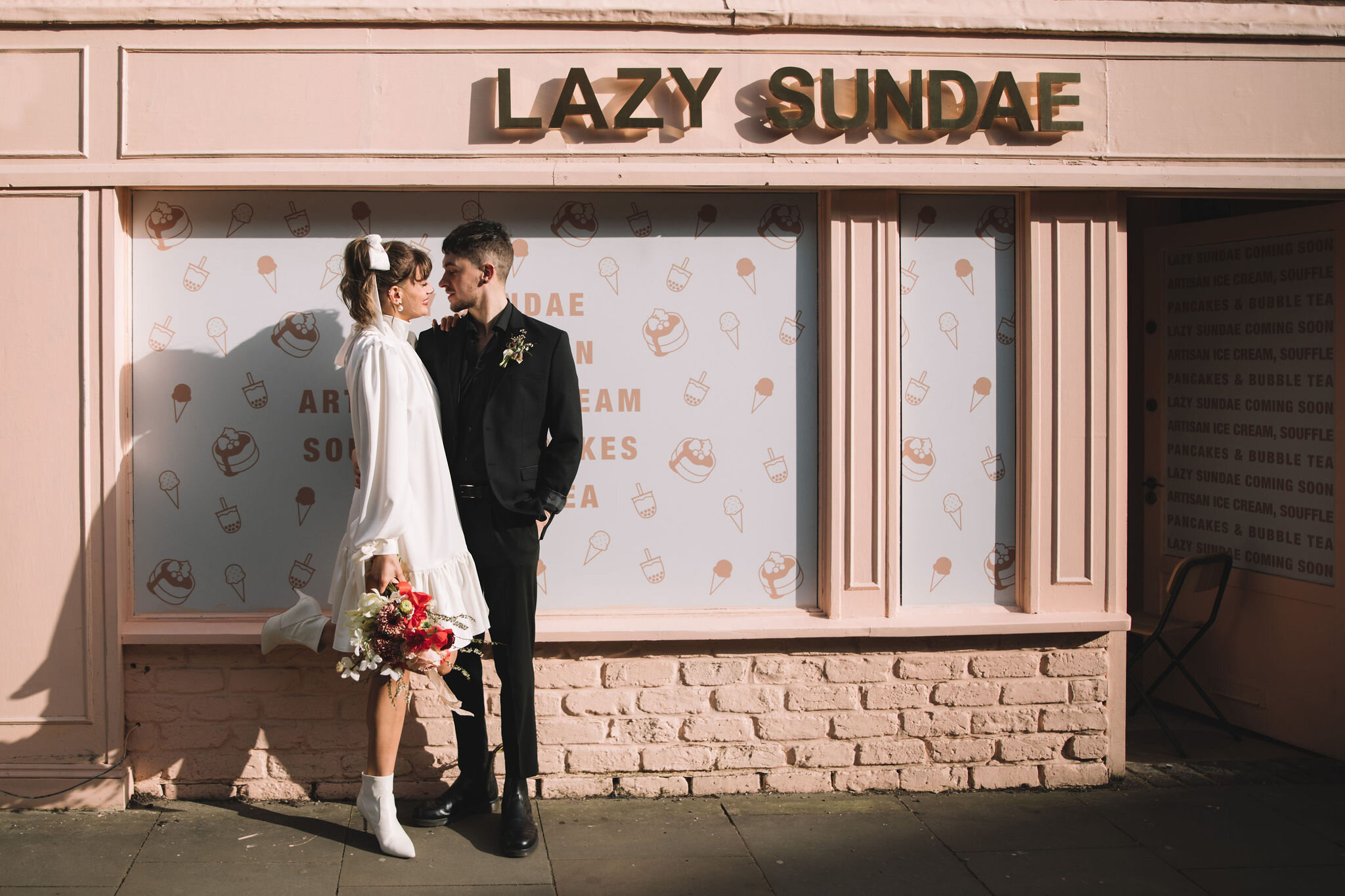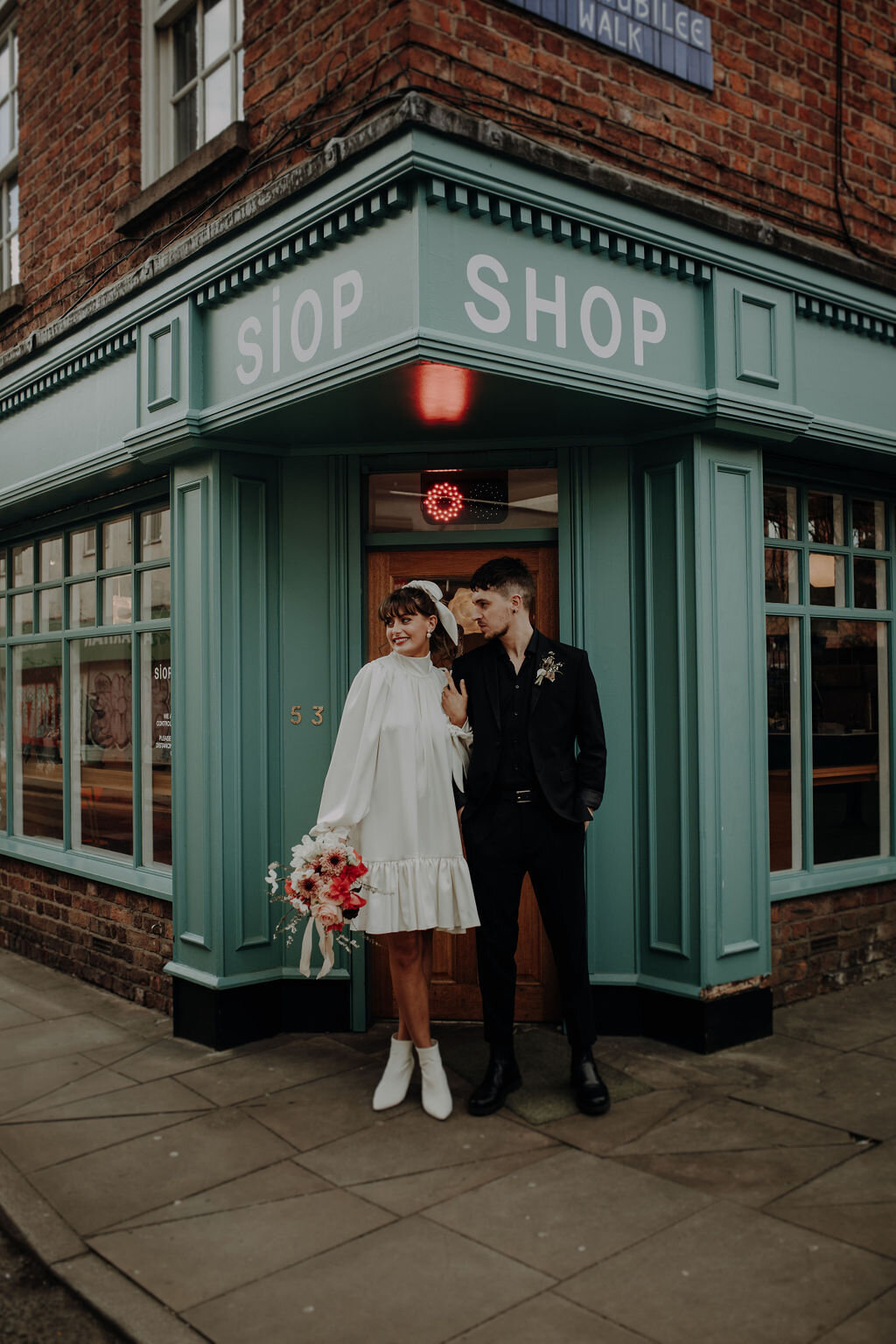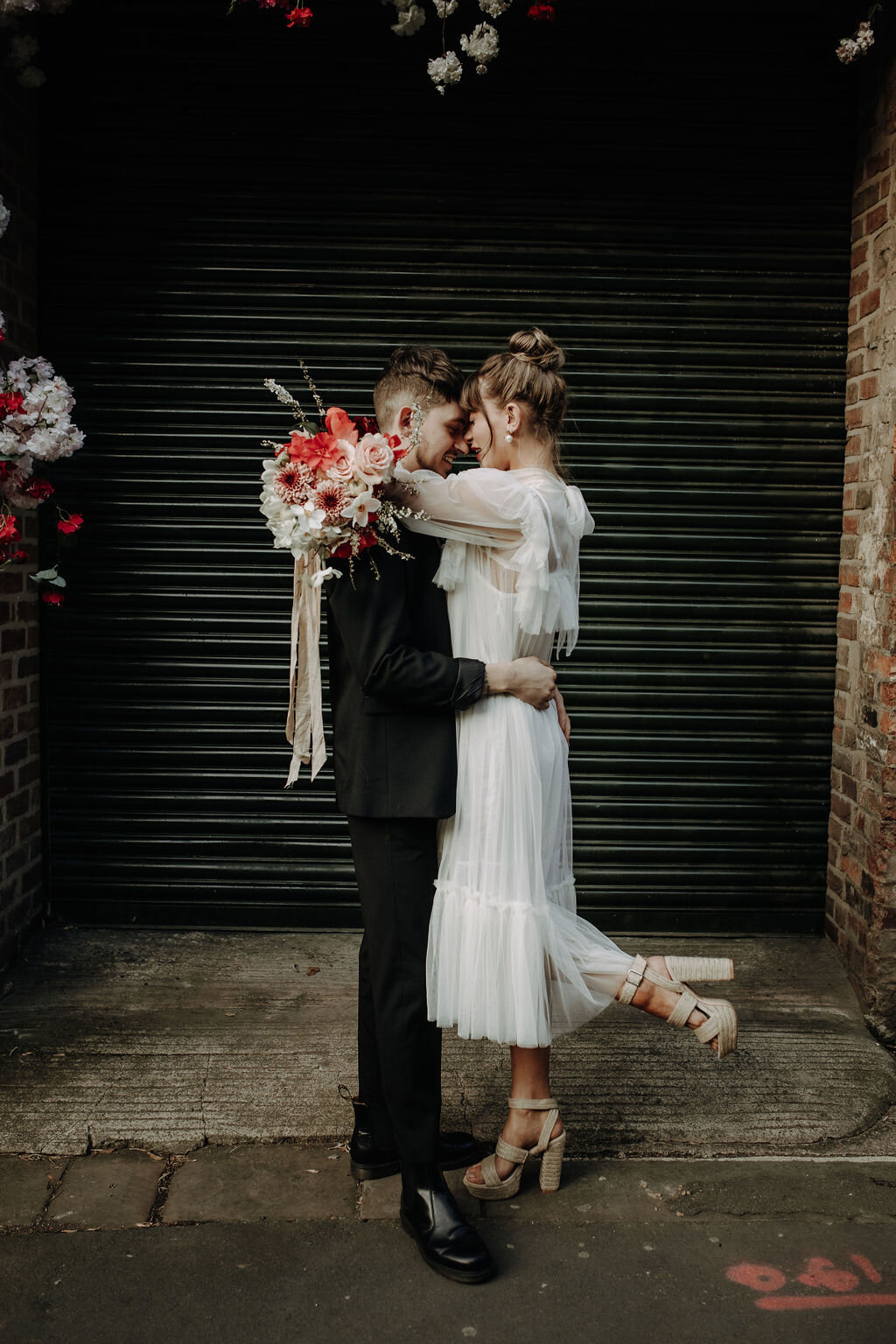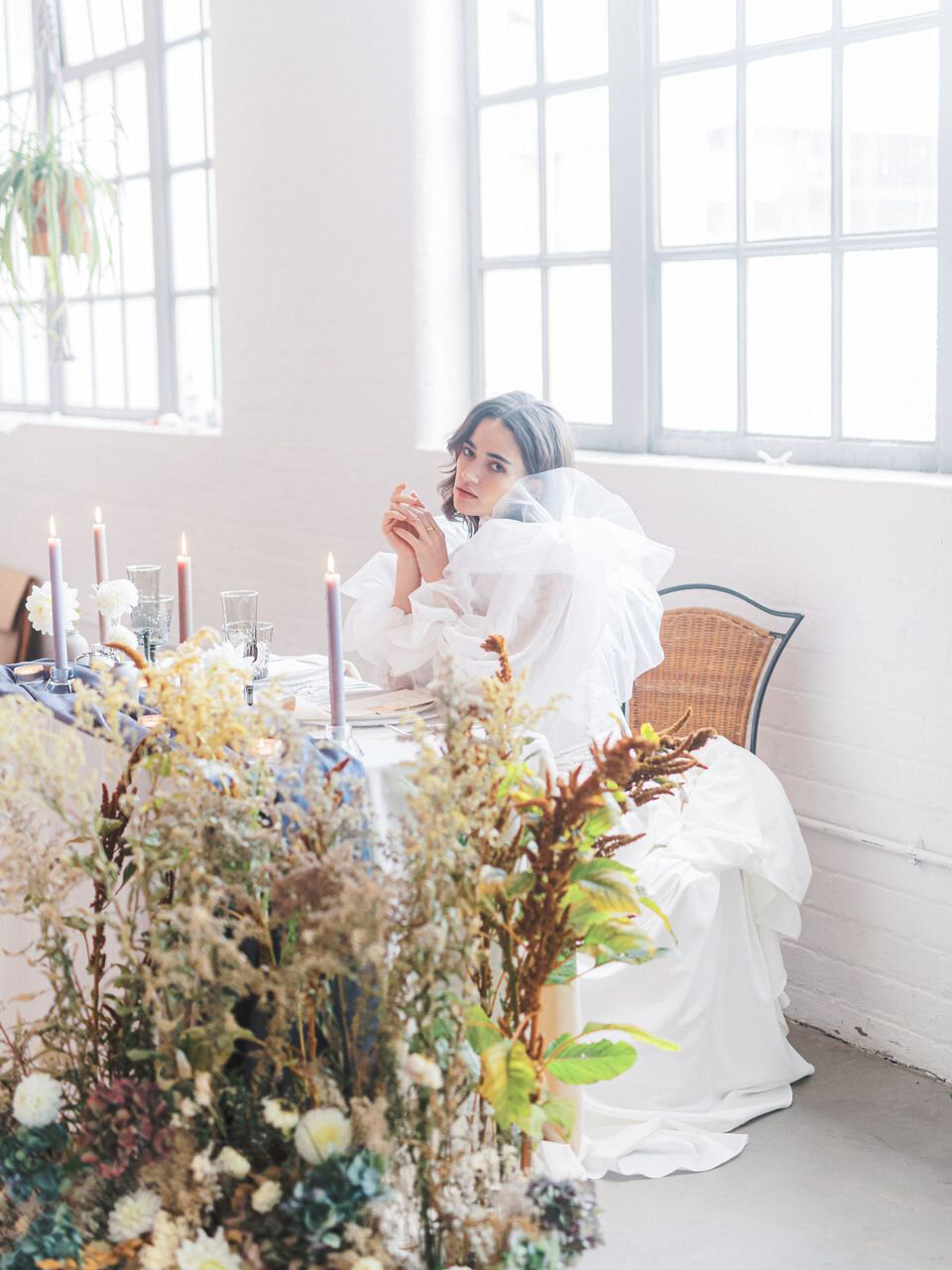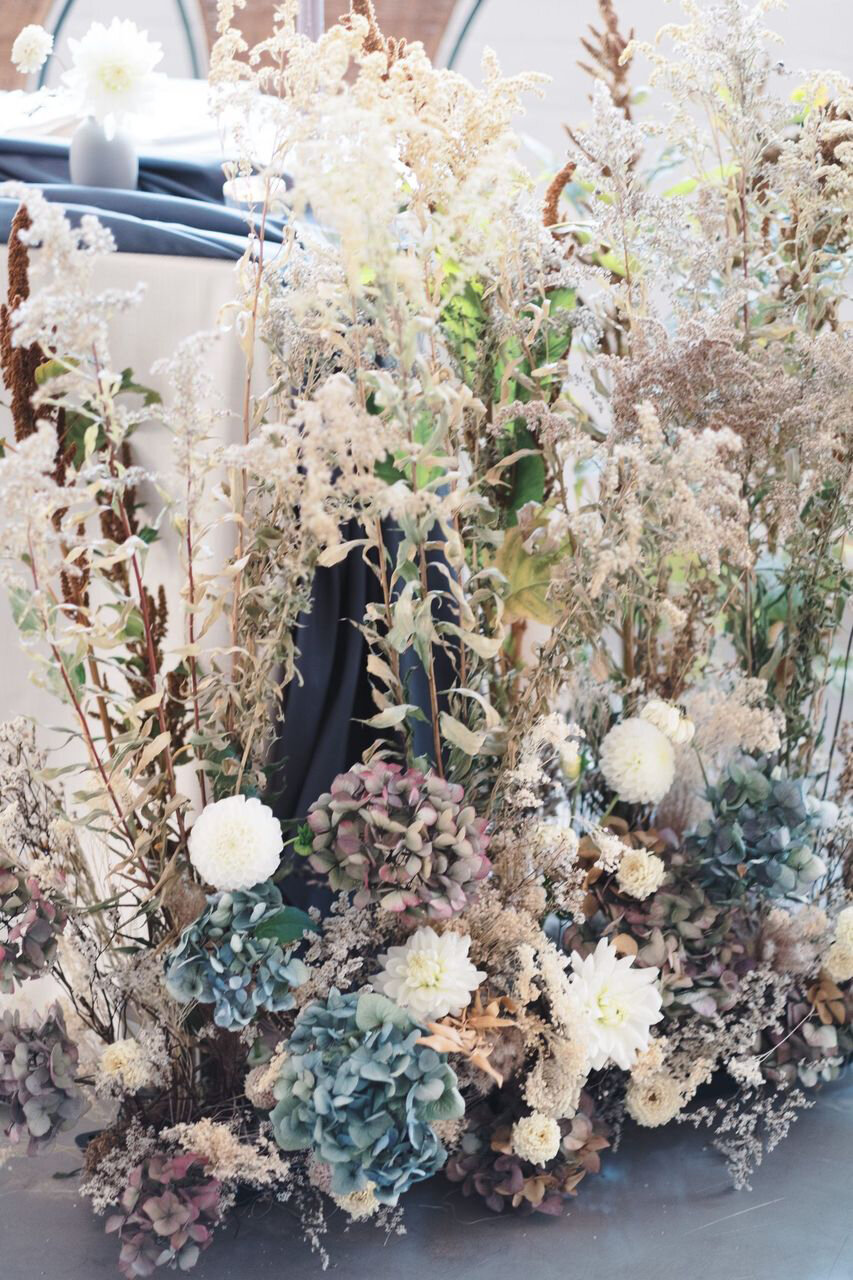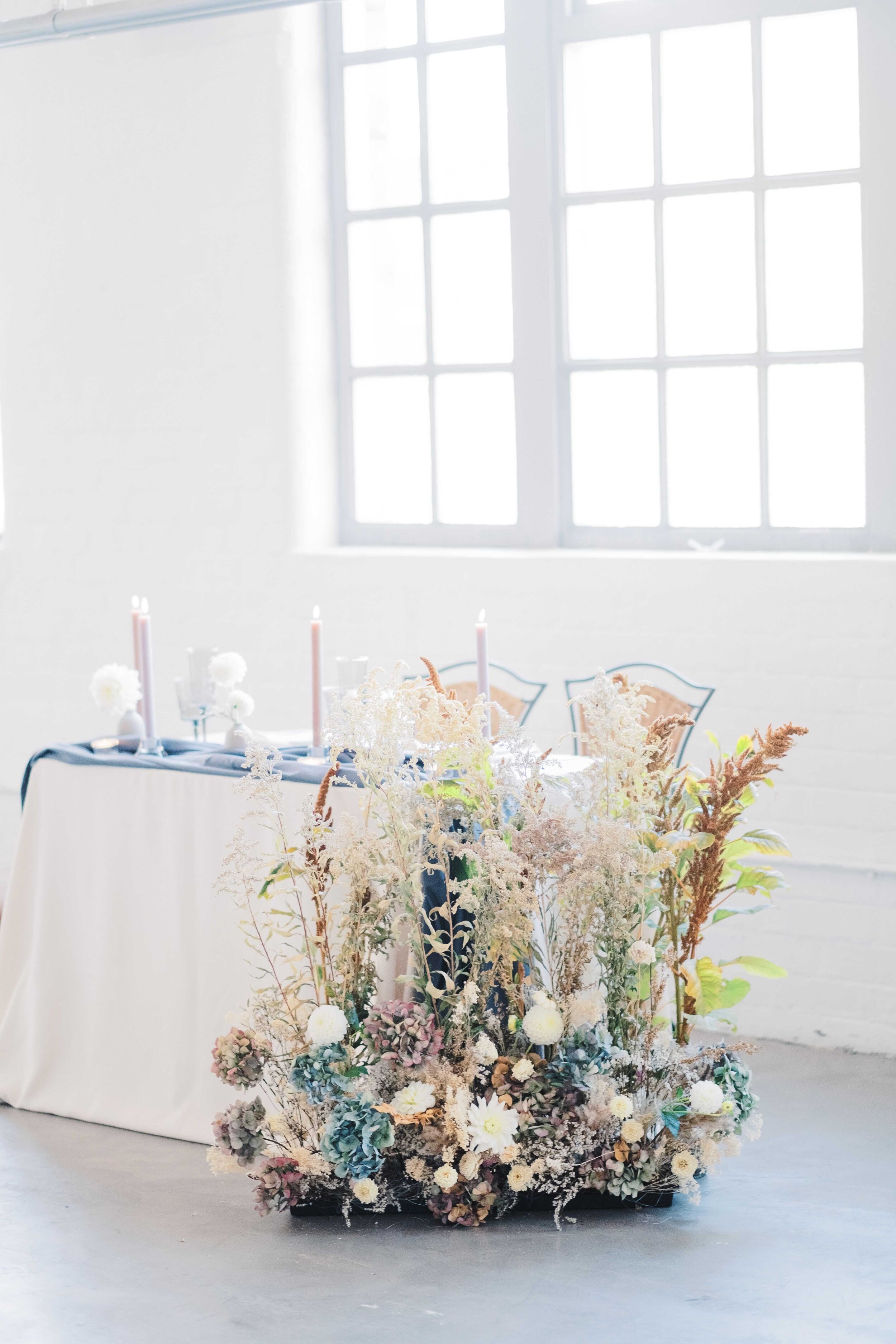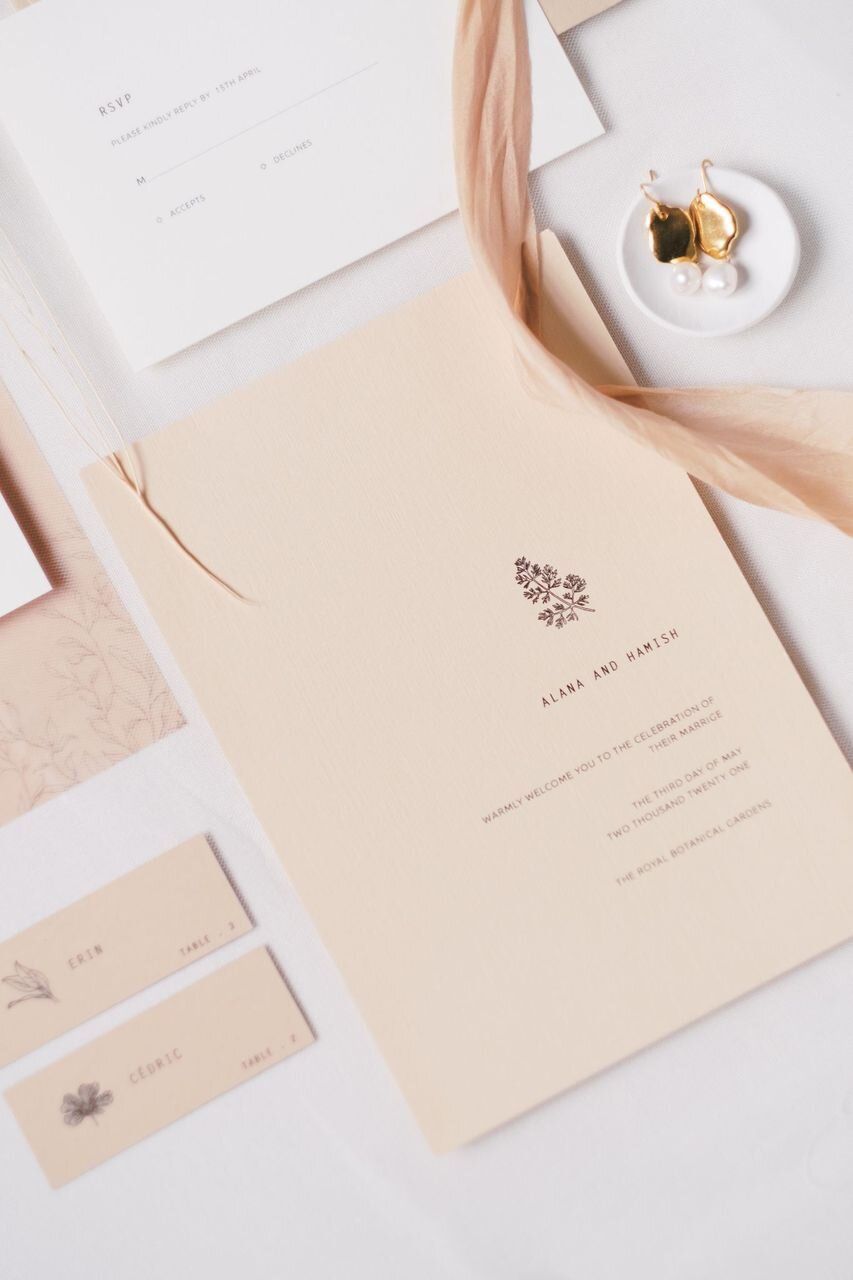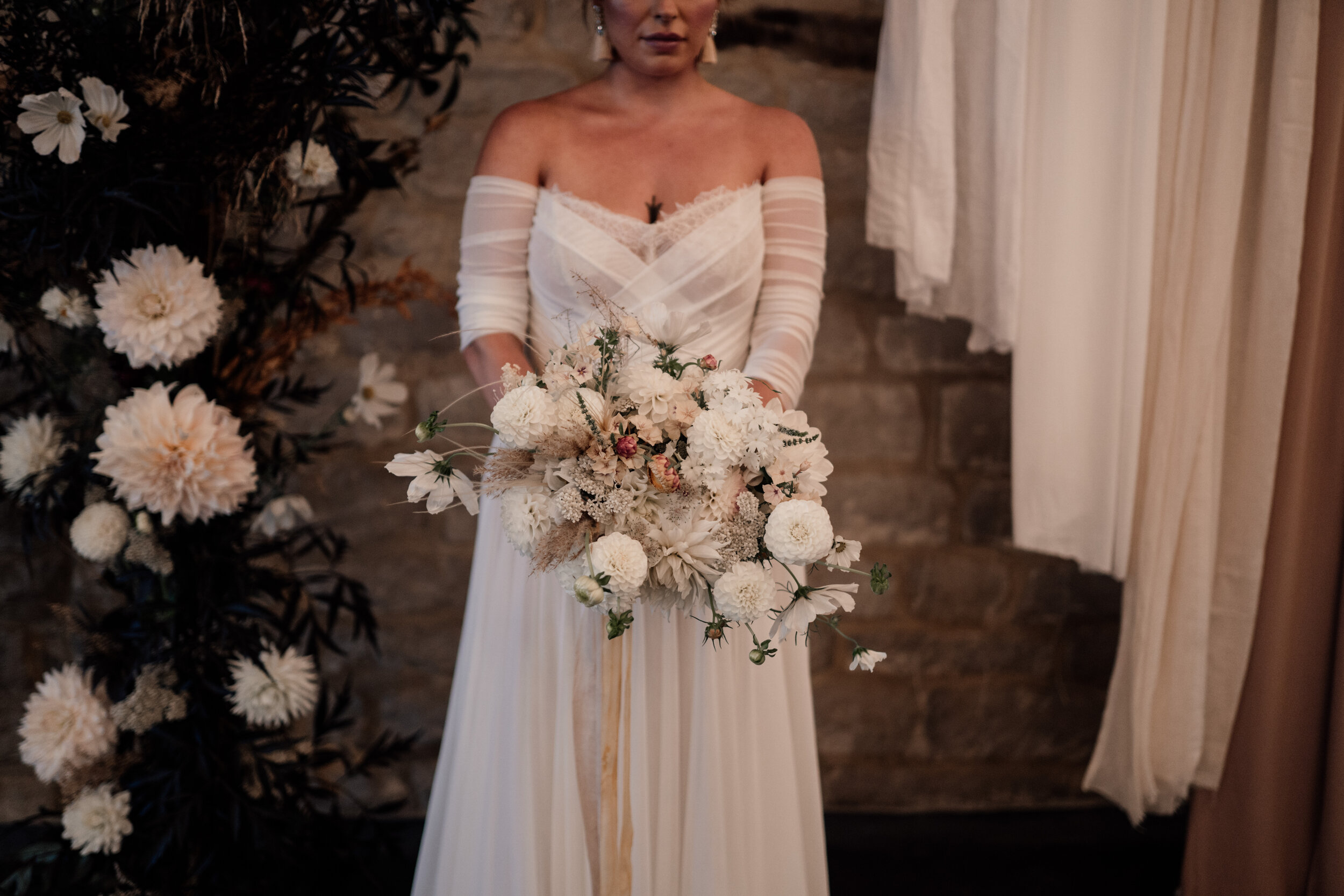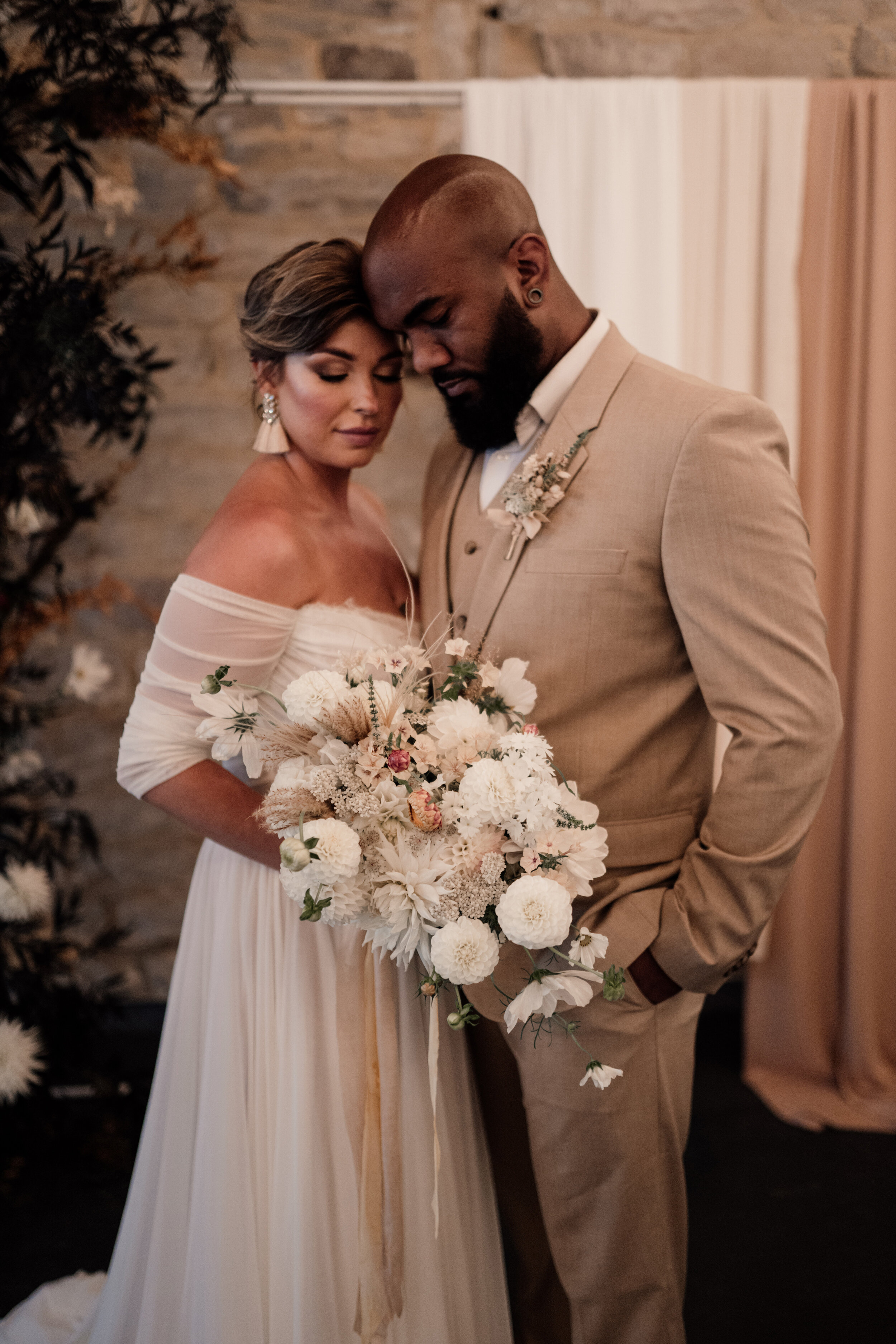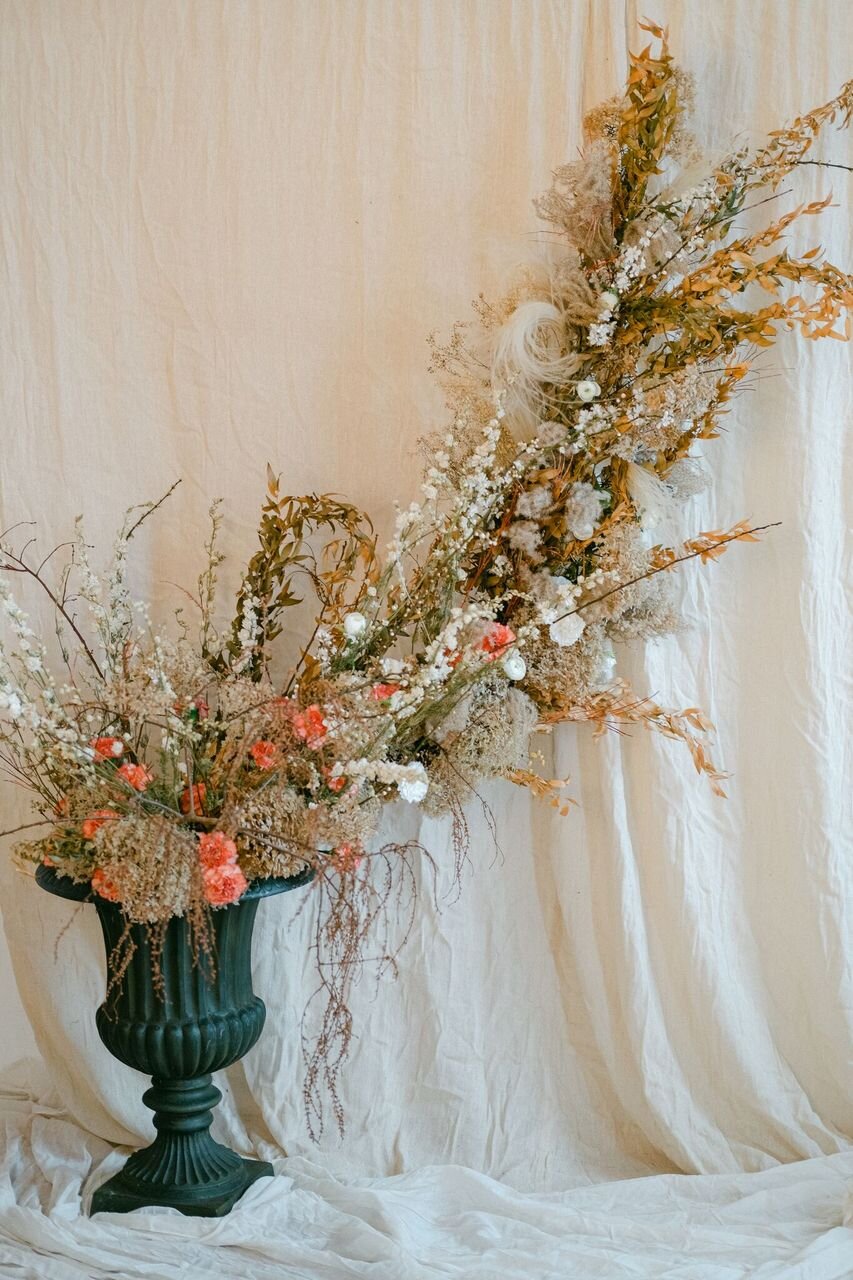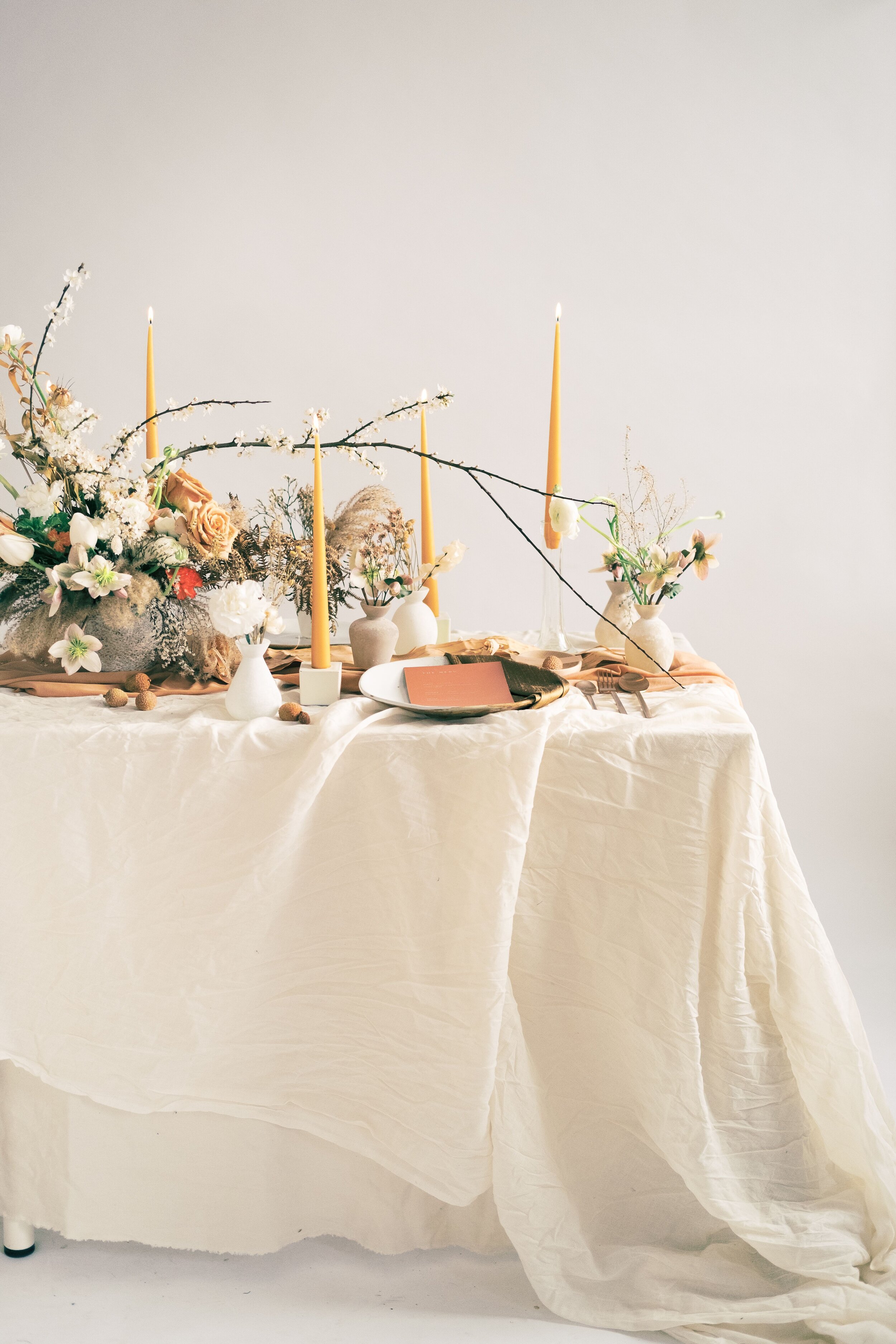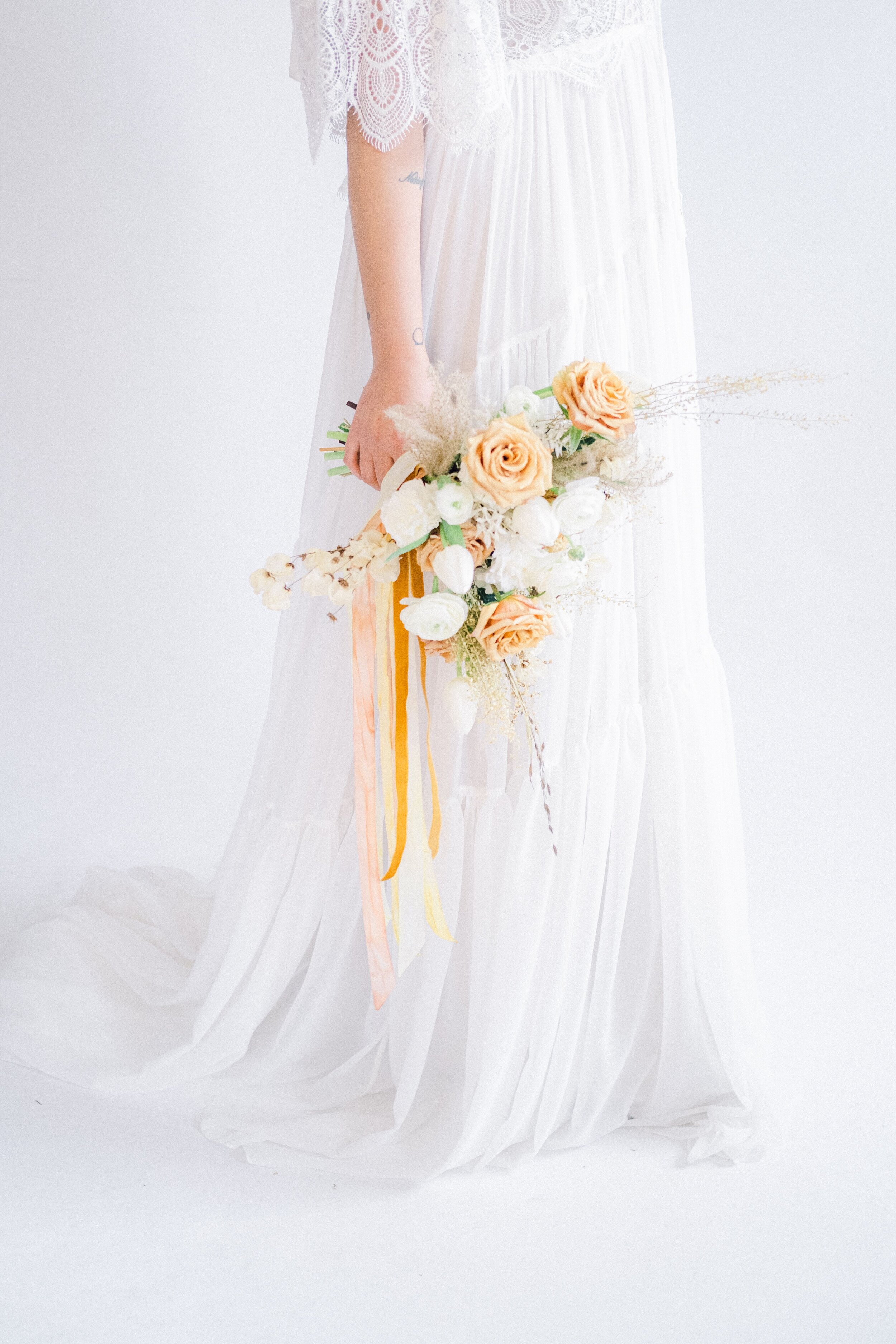We’re thrilled to once again be back at Arley Hall for their Christmas Floral event. This year, we are depicting the classic fairy tale of Hansel and Gretel. Horitcultural colleges and florists will each bring their own spin on an aray of fairy tales throughout the Hall. There will also be a choir singing each day to get everyone in the festive spirit.
This year’s installation includes the following flowers:
Limonium - China White, Lunaria - Annua, Amaryllis - Sensation, Agapanthus - White Heaven, Hyacinths - Polar Giant, Helleborus - Niger.
Friday 5th December - Wednesday 10th December 2025
Hall Open 10am - 3.30pm (last entry 3pm)
Garden Open 10am - 4pm (last entry 3.30pm)
Tickets include entry into Fantasy Florals In The Hall, full access to the formal gardens, grove & woodland, chapel, café, toilets and free parking.








